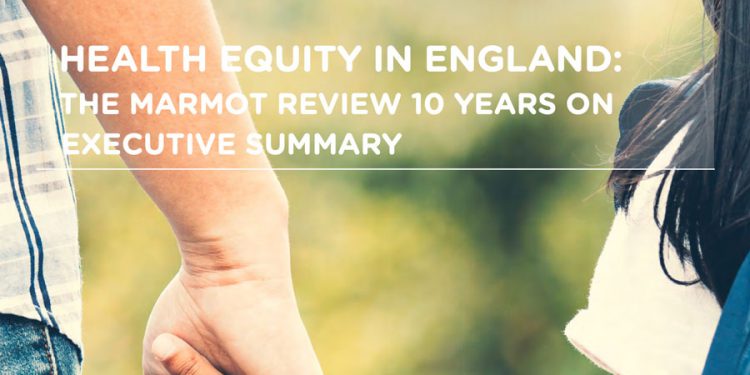Measuring the health of the nation is a key to understanding how food impacts upon every person. The Marmot review was first published in 2010 as an indicator of the nation’s health and to mark 10 years, a review has been compiled showing where the UK stands in today.
For the first time in more than 100 years, life expectancy has failed to increase across the country, whilst actually declining for the poorest 10% of women.
Initially published as a review of health inequalities in 2010, the latest review suggests that during the ten years since first published, inequalities have widened while time spent in poor health has increased. Further to that, the north/south health gap has increased too, with richer London neighbourhoods reporting the largest increase in health, while the North East’s poorest neighbourhoods seeing the largest decreases.
Key points from the report are:
- The more deprived the area, the shorter the life expectancy. This social gradient has become steeper over the last decade, and it is women in the most deprived 10% of areas for whom life expectancy fell from 2010-12 and 2016-18.
- There are marked regional differences in life expectancy, particularly among people living in more deprived areas.
- Mortality rates are increasing for men and women aged 45-49 – perhaps related to so-called ‘deaths of despair’ (suicide, drugs and alcohol abuse) as seen in the USA.
- Child poverty has increased (22% compared to Europe’s lowest of 10% in Norway, Iceland and The Netherlands); children’s and youth centres have closed; funding for education is down.
- There is a housing crisis and a rise in homelessness; people have insufficient money to lead a healthy life; and there are more ignored communities with poor conditions and little reason for hope.
Download the full report here























